Archives
- 2025-10
- 2025-09
- 2025-03
- 2025-02
- 2025-01
- 2024-12
- 2024-11
- 2024-10
- 2024-09
- 2024-08
- 2024-07
- 2024-06
- 2024-05
- 2024-04
- 2024-03
- 2024-02
- 2024-01
- 2023-12
- 2023-11
- 2023-10
- 2023-09
- 2023-08
- 2023-07
- 2023-06
- 2023-05
- 2023-04
- 2023-03
- 2023-02
- 2023-01
- 2022-12
- 2022-11
- 2022-10
- 2022-09
- 2022-08
- 2022-07
- 2022-06
- 2022-05
- 2022-04
- 2022-03
- 2022-02
- 2022-01
- 2021-12
- 2021-11
- 2021-10
- 2021-09
- 2021-08
- 2021-07
- 2021-06
- 2021-05
- 2021-04
- 2021-03
- 2021-02
- 2021-01
- 2020-12
- 2020-11
- 2020-10
- 2020-09
- 2020-08
- 2020-07
- 2020-06
- 2020-05
- 2020-04
- 2020-03
- 2020-02
- 2020-01
- 2019-12
- 2019-11
- 2019-10
- 2019-09
- 2019-08
- 2019-07
- 2019-06
- 2019-05
- 2019-04
- 2018-11
- 2018-10
- 2018-07
-
The present study determined the effect of DCA
2024-02-19
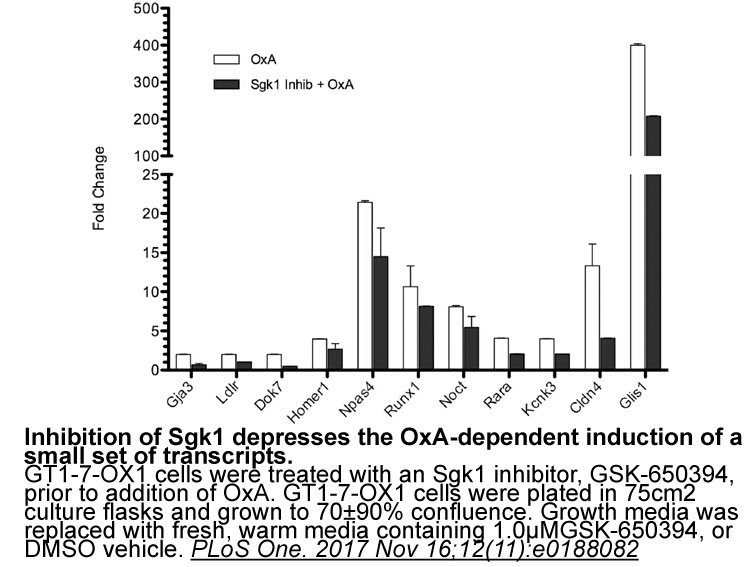
The present study determined the effect of DCA on VSMC calcification in vitro and in atherosclerotic ApoE-/- mice in vivo. We found that spleen tyrosine kinase non-toxic concentrations of DCA, did not affect VSMC viability, induced calcification of VSMC in culture and increased atherosclerotic vasc
-
br Materials and methods br Results br Discussion Prostate
2024-02-19
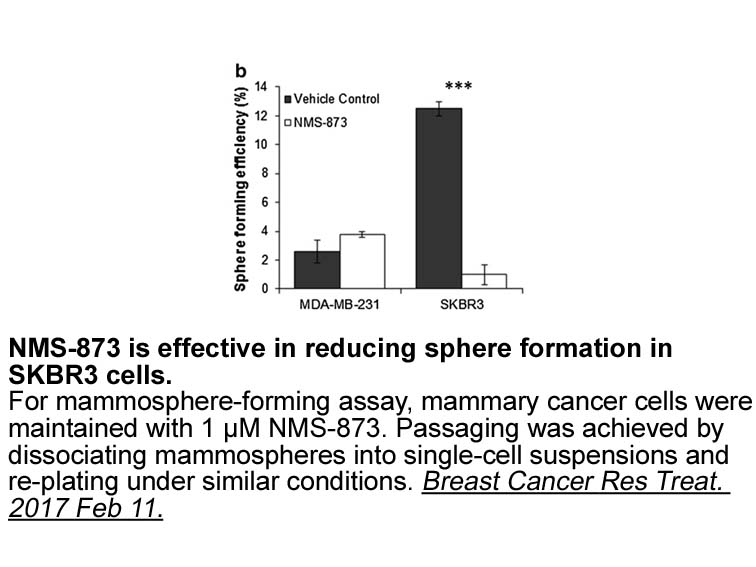
Materials and methods Results Discussion Prostate cancer represents an ideal candidate for chemoprevention because of its high incidence and long latency to clinically significant disease [17]. The precancerous lesion PIN may also be a suitable target for ablation in chemoprevention strateg
-
br Concluding remarks Autophagy ensures cell homeostasis
2024-02-19

Concluding remarks Autophagy ensures cell homeostasis and survival through the continuous degradation/recycling of intracellular components. It can also represent a conserved, cell-intrinsic, defense mechanism against invading pathogens, including viruses. The autophagy process can be activated r
-
In the last decade the zebrafish has emerged as
2024-02-19
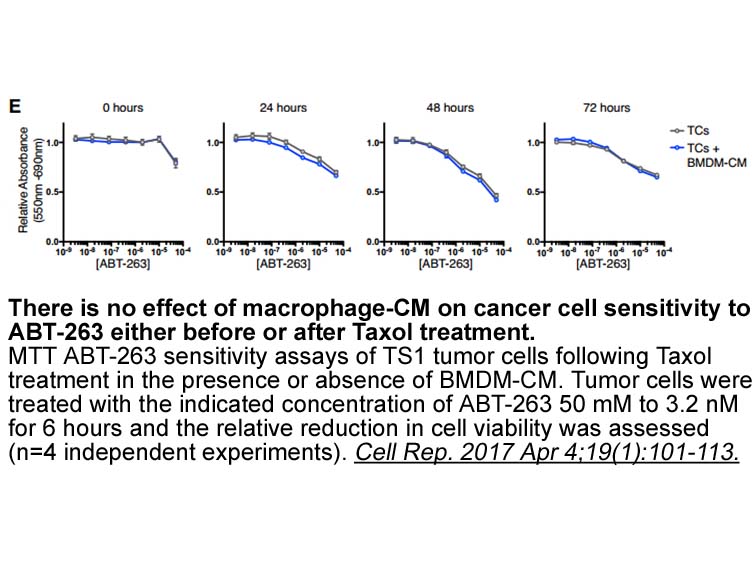
In the last decade, the zebrafish has emerged as a valuable vertebrate model to systematically dissect the genetic underpinnings of both vertebrate heart development and function [8,9], as well as distinct cardiac diseases such as congenital heart disease [10], cardiomyopathies [11,12] and cardiac a
-
How does the ATM to ATR switch occur at
2024-02-19
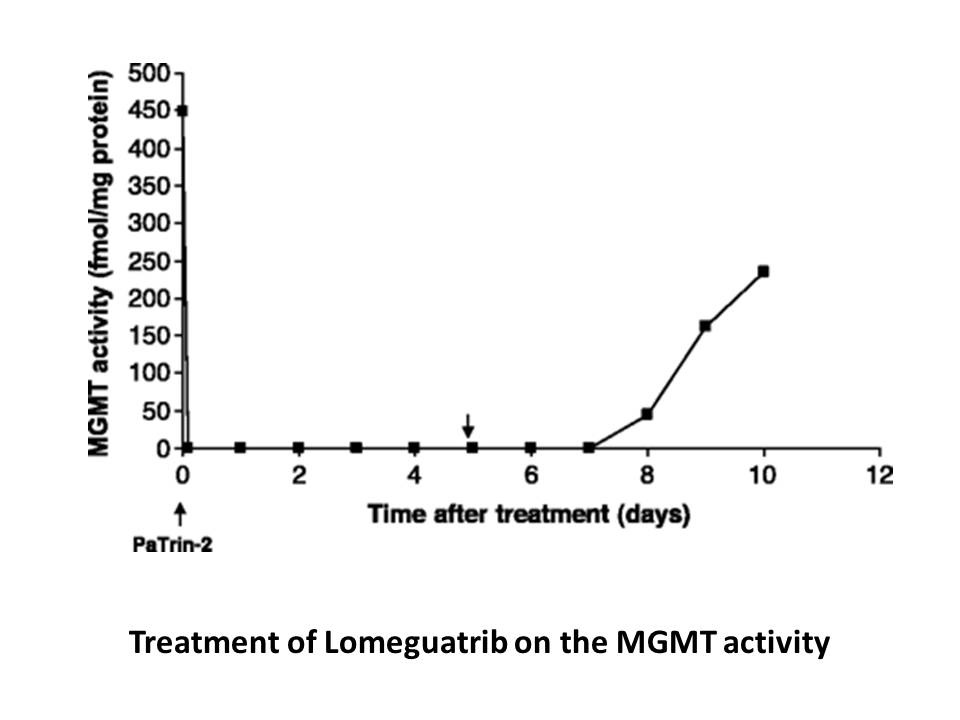
How does the ATM-to-ATR switch occur at DSBs? The progressive attenuation of ATM activation could be attributed to the loss of DNA structures that activate ATM, or to the generation of DNA structures that interfere with ATM activation. Our finding that SSOs do not directly affect the binding of puri
-
br Introduction Melatonin N acetyl methoxytryptamine is a ne
2024-02-19

Introduction Melatonin (N-acetyl-5-methoxytryptamine) is a neurohormone which is mainly secreted from the pineal gland. Melatonin is a highly conserved molecule present not only in vertebrates but also in nonvertebrates such as bacteria, protists, fungi, macroalgae, and plants (Cecon et al., 2017
-
triapine br Introduction Endothelial progenitor cells EPCs p
2024-02-19
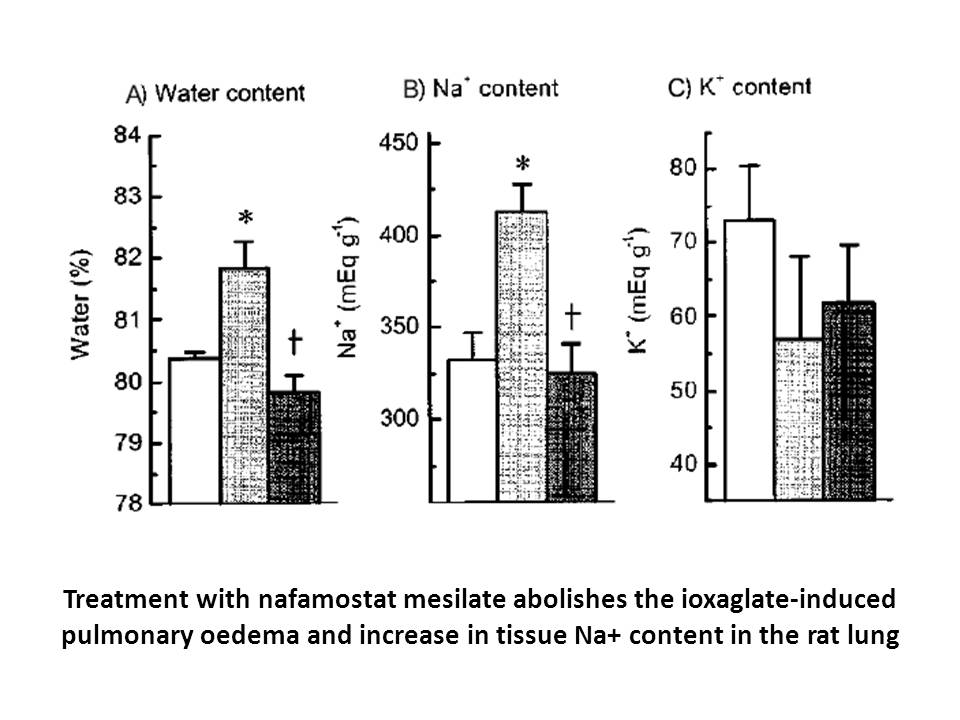
Introduction Endothelial progenitor cells (EPCs) present a class of blood cells with an ability to form new blood vessels relying on pre-existing vessels, which contribute to postnatal angiogenesis [1], [2]. A wide range of studies have demonstrated that EPCs play a critical role in angiogenesis
-
It has been known for a
2024-02-18
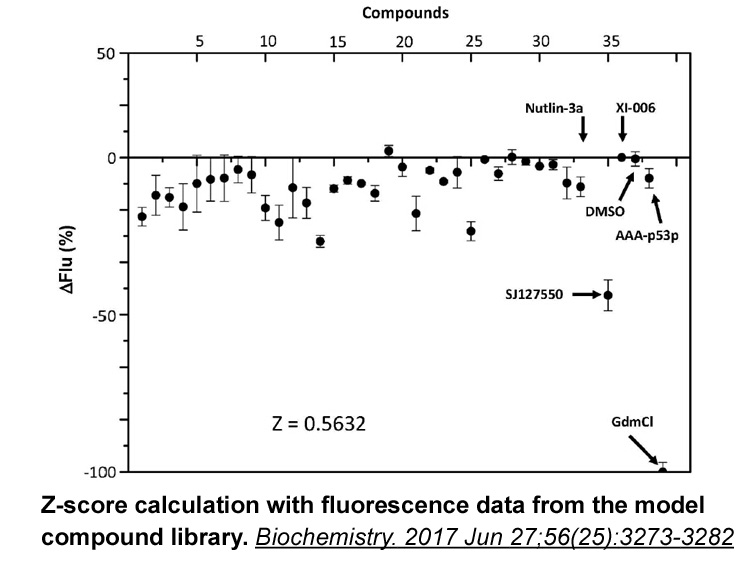
It has been known for a while that oxygenation (the addition of oxygen) of Aβ can inhibit the formation of amyloids and diminish their cytotoxicity. Photo-oxygenation of Aβ started with fullerenes almost a decade ago by Toshima and co-workers. Later, porphyrins and polyoxometalates were used as well
-
Another class of AMPK regulator is peptidyl prolyl cis
2024-02-18
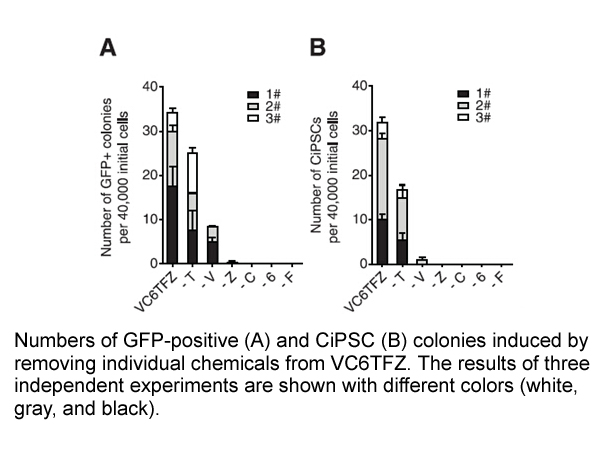
Another class of AMPK regulator is peptidyl-prolyl cis/trans isomerase (PPIase) NIMA-interacting 1 (Pin1), which binds to a number of proteins and regulates oncogenesis and metabolic diseases (Khanal et al., 2013; Zhou and Lu, 2016). Pin1 has been shown to bind to and inhibit AMPK; therefore, at lea
-
Hepatic inflammation and fibrosis are hallmarks
2024-02-18
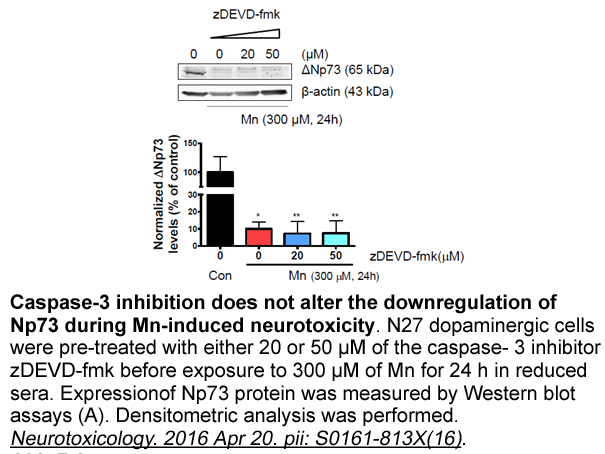
Hepatic tofacitinib citrate and fibrosis are hallmarks of the NASH phenotype and are thought to occur in a subset of patients with NAFLD. While it is hypothesized that therapeutic lowering of hepatic lipids will be sufficient to improve hepatic fibrosis and inflammation secondarily, this remains co
-
The molecular mechanisms that mediate the plasticity of the
2024-02-18
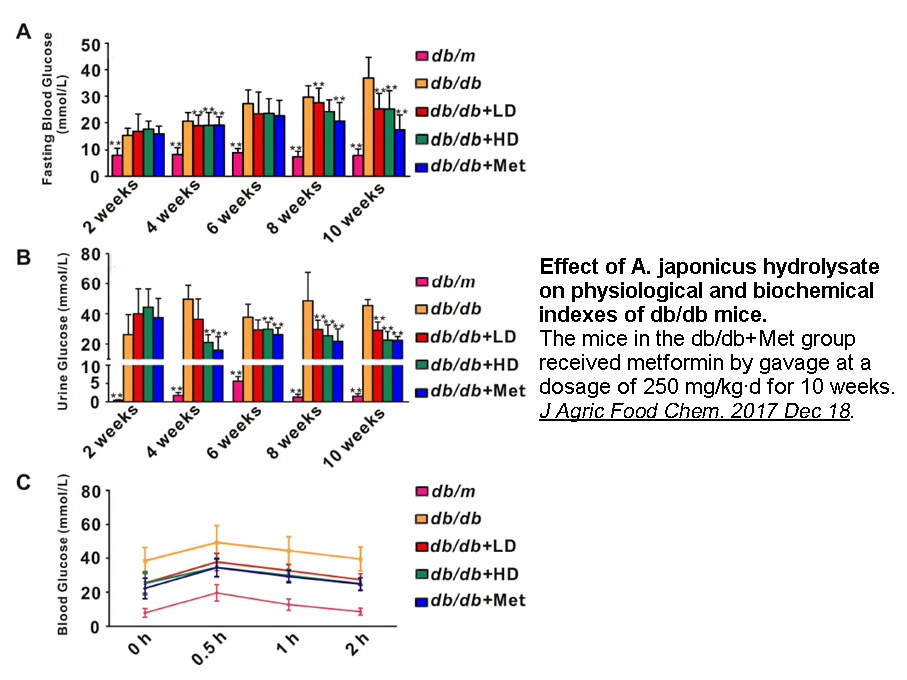
The molecular mechanisms that mediate the plasticity of the NMJ are not well understood. PGC-1α is a master regulator of the NMJ gene expression program 23, 24, and thus AMPK might indirectly regulate the NMJ via its broad influence on the coactivator. Cerveró et al.[6] recently provided more direct
-
Therefore to better understand the functional properties of
2024-02-18
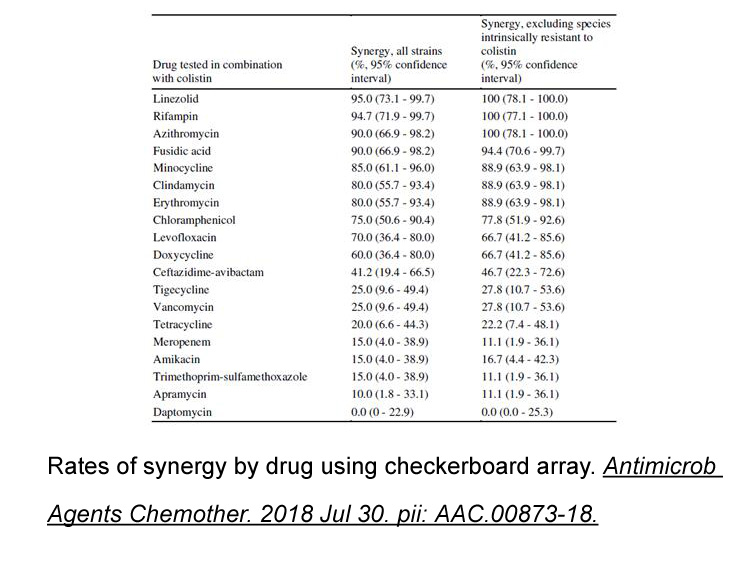
Therefore, to better understand the functional properties of Peruvian infusion tea plants and provide evidence for the development of functional food supplements containing the Peruvian infusion tea plant, the aldose reductase inhibition together with the antioxidant activities of 24 selected Peruvi
-
In this study Rb increased
2024-02-18
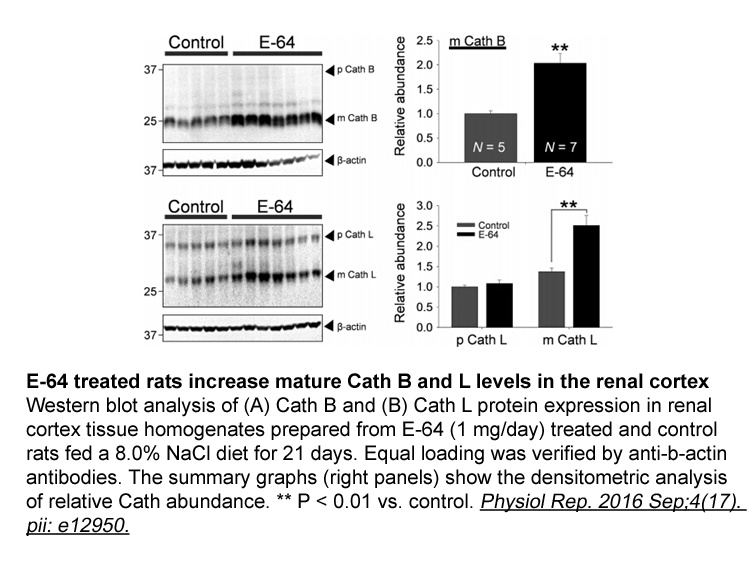
In this study, Rb1 increased the phosphorylation of p38 MAPK and Akt and macrophage phagocytosis of bacteria in mouse lung cells, consistent with the in vitro results. A recent study showed that Rb1 diminished the severity of lung injury in rats exposed to LPS. Rb1 inhibited the LPS-induced increase
-
OCT also is known as POU F
2024-02-18
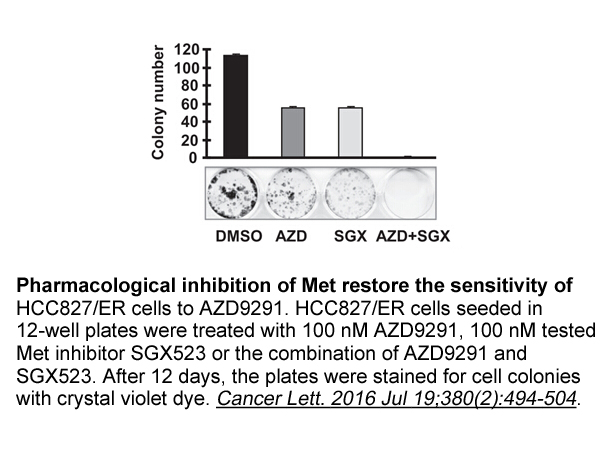
OCT4 (also is known as POU5F1) plays an important role in embryonic stem cell self-renewal, development and reprogram somatic cell into pluripotent stem cell [[5], [6], [7]]. Recently, many studies also find OCT4 promotes the progression of many tumors. For example, Wnt/β-catenin promotes the expans
-
br AhR Modulators It is now
2024-02-18
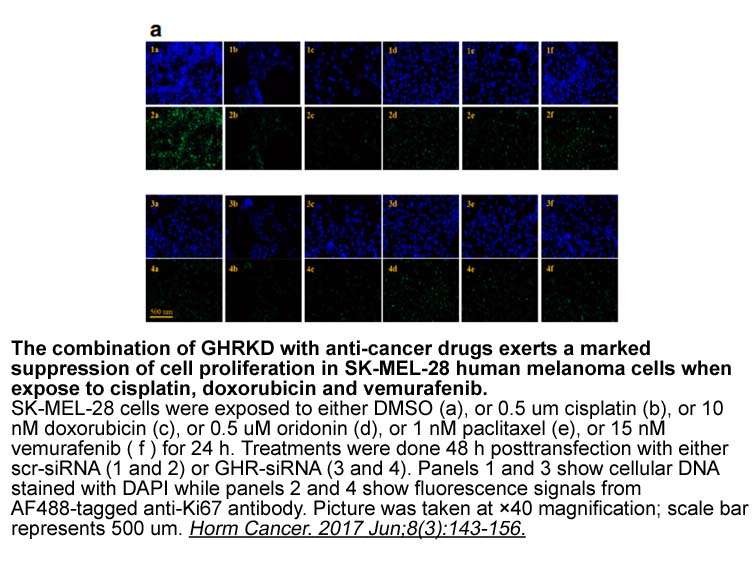
AhR Modulators It is now well recognized that ligand-activated AhR induces an immune tolerance response by acting directly on the antigen-presenting DCs and indirectly by increasing the population of immunosuppressive Tregs 24, 95, 96. In addition to inhibiting the formation or depleting the AhR
16278 records 189/1086 page Previous Next First page 上5页 186187188189190 下5页 Last page